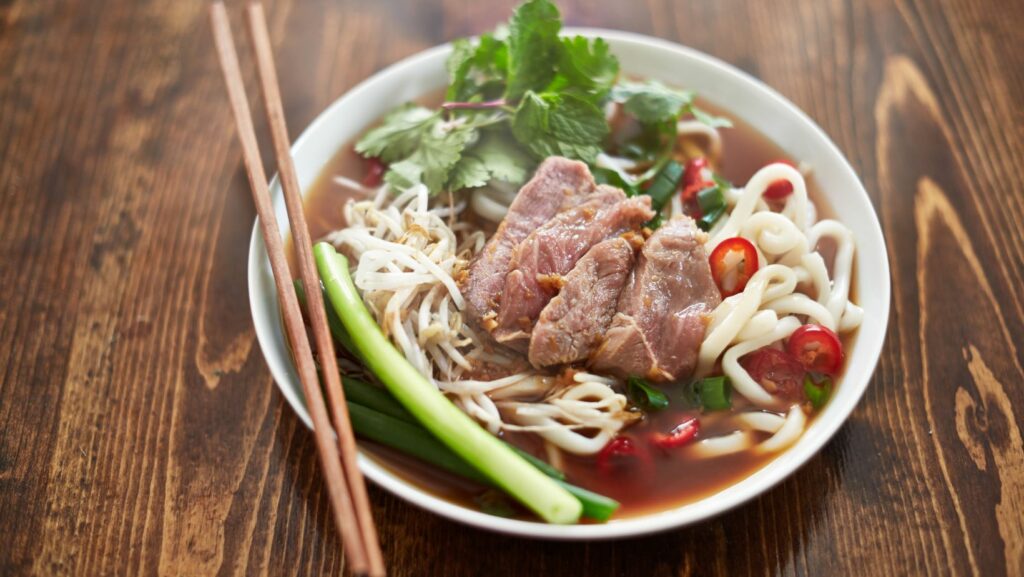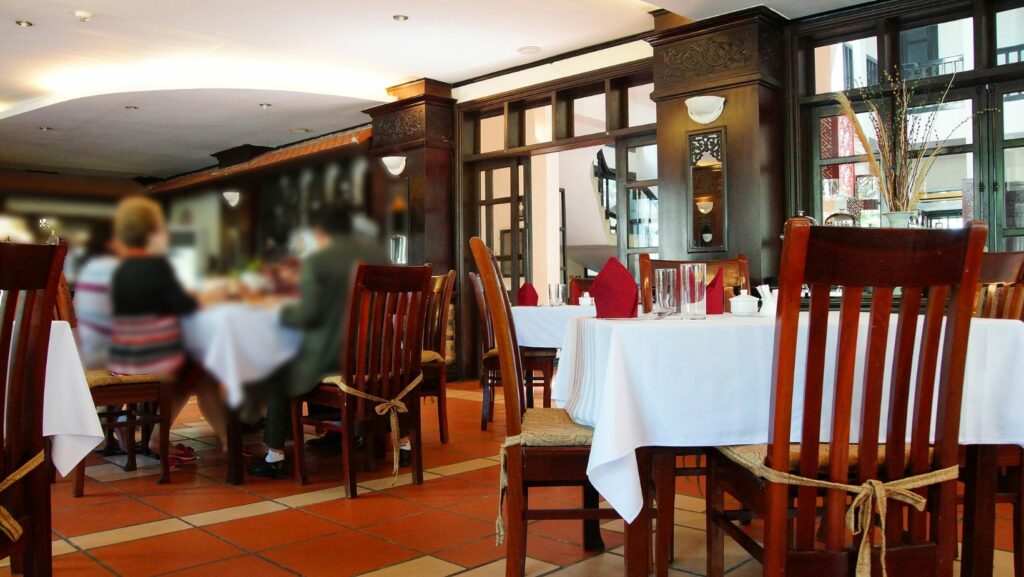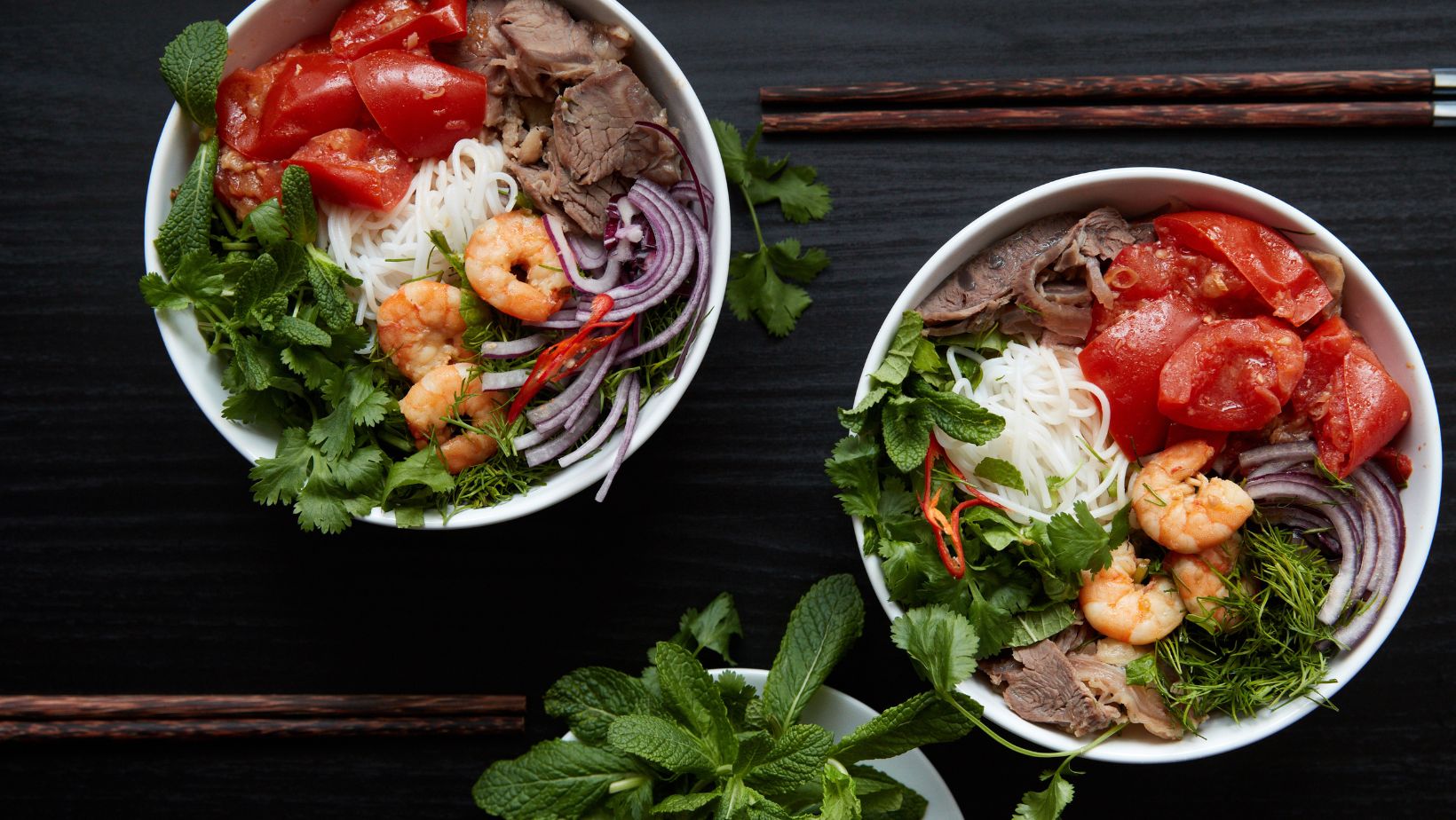
Vietnamese cuisine holds a special place in the culinary world, renowned for its vibrant flavors, fresh ingredients, and unique blend of textures. It’s a reflection of the country’s rich cultural heritage, shaped by centuries of history and a variety of influences from neighboring countries. From the bustling streets of Hanoi to the vibrant markets of Ho Chi Minh City, food is the centerpiece of daily life in Vietnam, offering a tantalizing array of dishes that promise to delight any palate.
Vietnamese Traditional Food
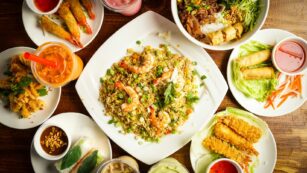 Vietnamese traditional food has captured the hearts of culinary enthusiasts with its compelling fusion of flavors and textures. Rooted deeply in the nation’s history, each dish offers a taste of both cultural heritage and culinary innovation.
Vietnamese traditional food has captured the hearts of culinary enthusiasts with its compelling fusion of flavors and textures. Rooted deeply in the nation’s history, each dish offers a taste of both cultural heritage and culinary innovation.
Vietnamese cuisine exhibits a fascinating amalgam of historical influences. Chinese rule, which lasted for over a millennium, introduced techniques such as stir-frying and foods like soy sauce and noodles. Later, French colonization left its mark with the introduction of baguettes and coffee, leading to unique creations like Bánh Mì and Vietnamese coffee.
Regional Variations
The regional variations in Vietnamese cuisine tell the story of the country’s diverse geography and climate. In the North, dishes are typically lighter and more balanced, often featuring seafood and soups like Phở. Central Vietnam is known for its bold, spicy flavors with dishes such as Bún bò Huế, a type of spicy beef noodle soup. The South offers sweeter flavors and incorporates a wide variety of fresh herbs and fruits, exemplified by Bánh Xèo, a crispy crepe filled with shrimp, pork, and bean sprouts. Each region’s distinctive style offers culinary explorers a rich tapestry of tastes and traditions to discover.
Key Ingredients in Vietnamese Cuisine
Herbs and Spices
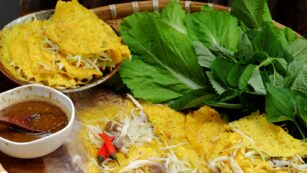 Herbs are integral to Vietnamese dishes, providing fresh, aromatic flavors that balance the overall savoriness. Commonly used herbs include cilantro, Thai basil, mint, and dill, each offering a unique touch to salads, soups, and noodle dishes. Lemongrass and ginger are crucial spices, infusing meats and broths with piquant and earthy notes. Fish sauce, made from fermented fish, is a fundamental condiment that imparts a salty, umami flavor, essential in many Vietnamese recipes.
Herbs are integral to Vietnamese dishes, providing fresh, aromatic flavors that balance the overall savoriness. Commonly used herbs include cilantro, Thai basil, mint, and dill, each offering a unique touch to salads, soups, and noodle dishes. Lemongrass and ginger are crucial spices, infusing meats and broths with piquant and earthy notes. Fish sauce, made from fermented fish, is a fundamental condiment that imparts a salty, umami flavor, essential in many Vietnamese recipes.
Staple Foods
Rice forms the backbone of Vietnamese cuisine, served in various forms such as steamed, in noodles, or as rice paper wraps. Rice noodles, found in famous dishes like Pho and Bun Cha, are beloved for their delicate texture and ability to absorb flavors. Tapioca and mung beans are also prevalent, often used in desserts and dumplings. For protein, pork, chicken, beef, and a wide variety of seafood reflect the diet’s flexibility and reliance on fresh, local ingredients.
Popular Vietnamese Dishes
Pho
Pho is arguably the quintessential Vietnamese dish, recognized globally. This noodle soup typically features a clear broth made from long-simmered beef bones, flavored with spices like star anise and cinnamon. Slices of beef or chicken are the proteins most commonly used, accompanied by flat rice noodles and garnished with ingredients such as fresh bean sprouts, basil leaves, and lime wedges. Pho offers a delectable balance of meatiness, freshness, and spice.
Banh Mi
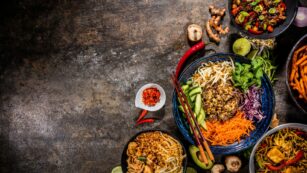 Originating from French colonialism which introduced the baguette to Vietnam, Banh Mi is a fusion sandwich that delights the palate. It consists of a crispy baguette filled with a variety of ingredients, including pâté, mayonnaise, cold cuts, pickled vegetables, cilantro, and chili. The combination of savory, sweet, and spicy flavors along with the crunchy texture makes Banh Mi a popular choice among locals and tourists alike.
Originating from French colonialism which introduced the baguette to Vietnam, Banh Mi is a fusion sandwich that delights the palate. It consists of a crispy baguette filled with a variety of ingredients, including pâté, mayonnaise, cold cuts, pickled vegetables, cilantro, and chili. The combination of savory, sweet, and spicy flavors along with the crunchy texture makes Banh Mi a popular choice among locals and tourists alike.
Goi Cuon
Known internationally as Vietnamese spring rolls or summer rolls, Goi Cuon are fresh, light, and full of herbs. These rolls are wrapped in rice paper and typically contain shrimp, pork, fresh herbs, lettuce, and vermicelli noodles. Served cool, they come with a peanut dipping sauce or fish sauce, offering a crisp and refreshing taste ideal for hot weather.
Bun Cha
Hailing from Hanoi, Bun Cha features grilled pork patties and slices served over a plate of white rice noodles, with herbs and a side of dipping sauce. The sauce, a critical component, usually combines fish sauce, sugar, and vinegar, creating a savory, sweet, and tart flavor profile that complements the smoky pork.

